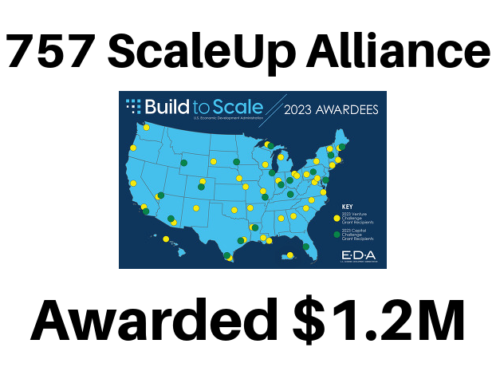From: Small Business Development Center By MD Austin
The Employee Retention Tax Credit is set to expire at the end of 2021. This tax credit program was created during the worst of the pandemic in 2020 and was initially set at 50% of up to $10,000 in qualifying wages per employee but was expanded via the American Rescue Plan Act to include 70% of $10,000 in qualifying wages per employee per quarter in 2021, which makes the tax credit much more lucrative for business owners.
Unfortunately, the status of this program is somewhat tentative in that the Infrastructure Bill before Congress would strike the program (yet industry groups are advocating for the continuation of the program via the Build Back Better bill). So, what should businesses contemplating applying for the tax credit do?
Several CPAs that specialize in this program were recently queried on this question and the consensus appeared to be for “business owners that were able to hold off on claiming the credit to wait.” This is due in part to the fact that there is a 3-year statute of limitations, which means that once the uncertainties surrounding the program were resolved, businesses could go back in 2022 or 2023 and claim the credit retroactively via filing amended tax returns.
As with many tax credit programs, this one can cause headaches for small businesses, for the criteria involves whether a business had suffered losses as a result of the COVID pandemic, but also includes a separate criterion for government actions that resulted in businesses to take losses, such as closures. Based on updated guidance, some business owners could take the credit due to OSHA vaccine guidance, but this varies by industry.
In response to these unknowns, tax advisers recommend the following:
- Document everything
- Make sure that if the business is audited, it has documents and records to support the claim that government actions forced it to sustain losses
- Retain these records in both electronic and hard-copy formats
- Contact a knowledgeable tax adviser and develop a plan/strategy regarding the tax credit process in advance
(It should be noted that much of this advice mirrors the recommendations given for the PPP and COVID EIDL programs.)






